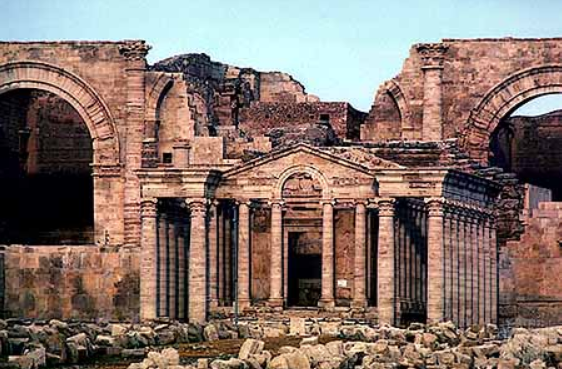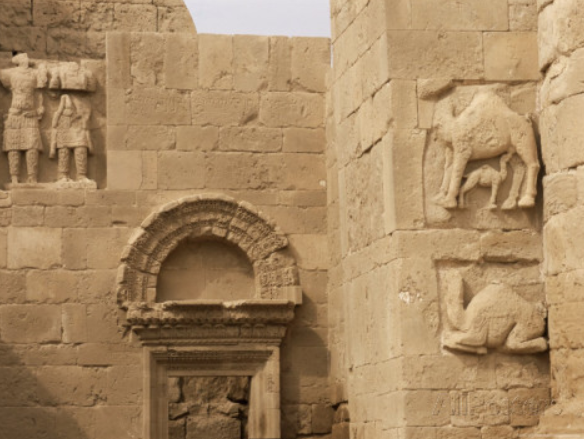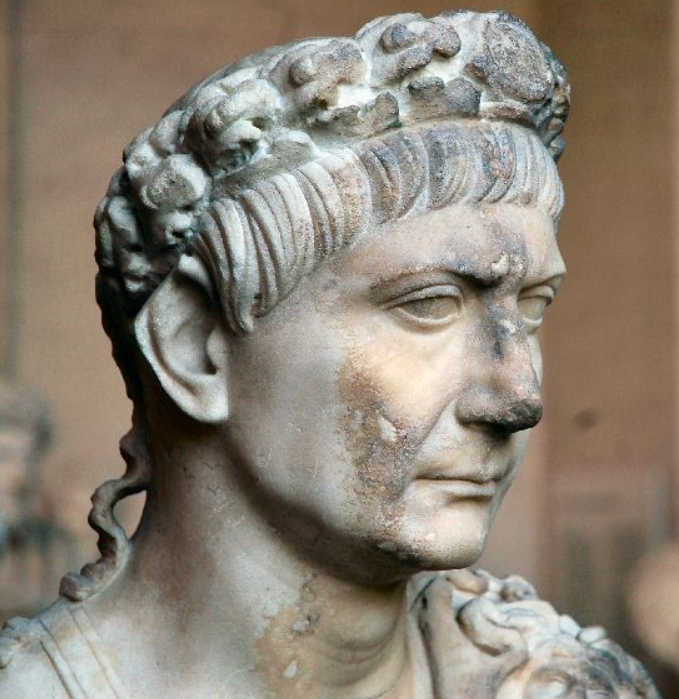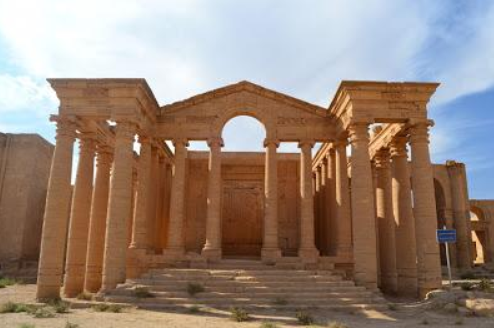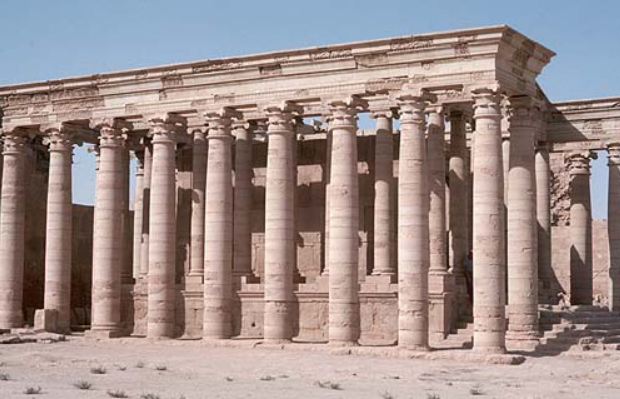I’m talking about something a bit more personal for this post.
Recently, I went back to my home town with my family. We were in the area and so we thought it might be fun to take a drive through the old neighbourhood.
It’s kind of weird passing by primary and secondary schools where you spent so much time, and then happily pushed them from your mind. All that feel like another life.
Our last stop was the last house my family owned. It was the oldest house in the area (over 100 years old), and belonged to the original landowner who had settled the area. This is a picture of the house:
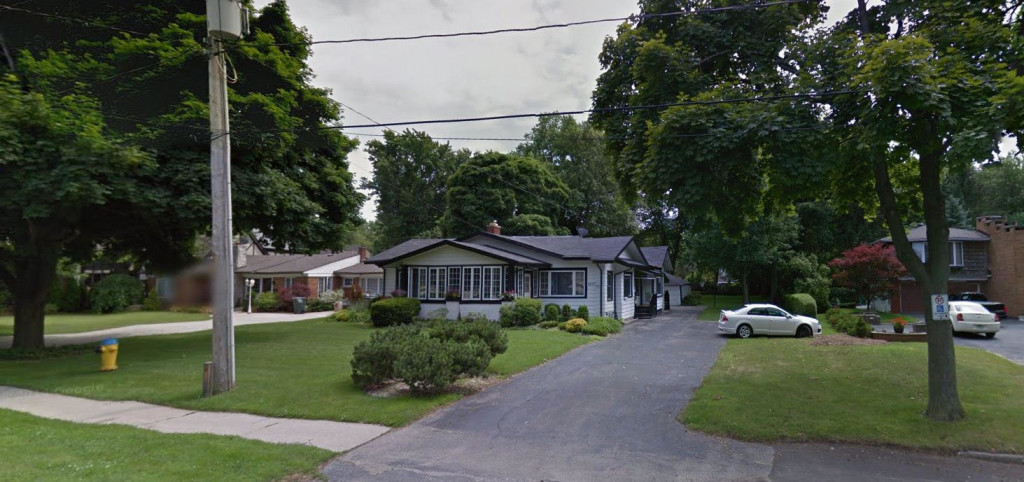
As we were driving along the street, beneath the tall trees, we watched the modern monstrosities as we passed by, those huge, thinly-walled modern mansions that people seem to be so eager to throw up.
I found myself thinking, ‘Man, oh, man, we were so lucky to live in that solidly-built, old house. So many memories –graduation parties, Christmases, dinner parties, engagement parties, etc. etc. It was a place that had seen the area grow up and mature all around it.
This is what we saw when we pulled up in front of the house:
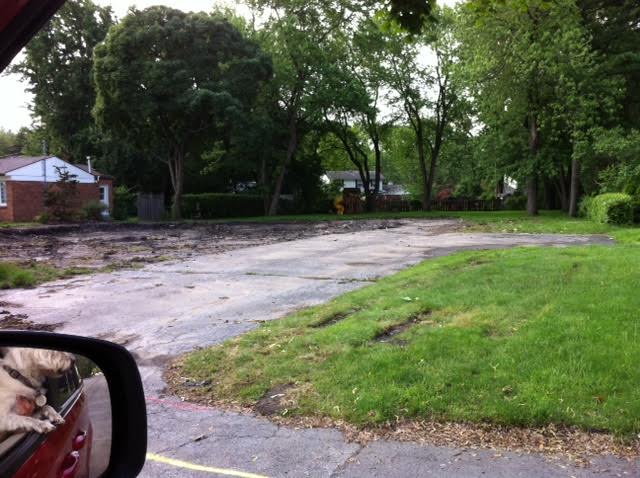
That left us winded and wondering simply, ‘Why?’
So that another monster home could be built? I guess. And yes, I know, the house was no longer ours. It was really none of our business any more.
But this shocking experience got me to thinking beyond this personal experience…
If the destruction of one small house, lived in by only a handful of families over the last hundred-plus years, can deliver such a blow, how much greater the loss when other historical monuments around the world are wiped out?

The Bamiyan Buddhas -destroyed by the Taliban
It happens every day, everywhere, from small towns and villages, to cities, to world heritage sites that represent pinnacles of human achievement.
The period doesn’t matter. What matters is that history, and more importantly, the voices of history, are being silenced when these cultural atrocities are carried out.

Archaeologists at Nimrud 2001 – excavation and preservation
I’ve worked in the area of heritage preservation, and in my office there are a lot of people who are passionate about the subject. But they’re facing an uphill battle, as are preservationists around the world, historians, archaeologists, restorers and more. All of them.
The thing is, I do believe in the memory of place. History is about the human stories of everything around us, and those voices of the past need to be listened to, deserve to be listened to. They have much to teach us.
If we allow the destruction of an historic temple, farmstead, theatre, or market, even a house, we are losing yet another piece of our collective history. We lose yet another potential lesson and opportunity to better ourselves.

The Recent Destruction of Nimrud
There has been a lot in the press recently about the destruction of historic sites in the Middle East, namely the ancient sites of Nineveh, Nimrud, and Hatra (about which I wrote HERE). And now the ancient city of Palmyra is hanging over the precipice…
We are so eager to move into the future that we often forget the past, opting to tear down a sturdy brick building that has been there for one or two hundred years, in favour of putting up yet another glass condominium that won’t even make it to sixty years without falling apart.
Think about it, people pay thousands of dollars to travel across the ocean to visit places like England, or France, Greece and other countries so that they can, in most cases, visit ‘old’ places, historical sites.

Check out this abandoned English manor house – should it be levelled or restored?
If those physical, historic spaces and places were not there, the voices of the people who had inhabited them would be more or less silent to us. We can read someone’s words, but to walk in their footsteps with their thoughts and words echoing in your mind is an entirely different experience.
There are varying degrees of importance and different perspectives, true, but all the voices of the past matter, as do the things they created.
When I look at that picture of the patch of mud where our one-time house used to be, I’m sad, not just for me, but for the neighbourhood which has lost a small chunk of its history.
To most people, the house was neither here, nor there. But just because a place is meaningless to some, doesn’t been it isn’t of import to others or the community as a whole, be it down the street in your own neighbourhood, or on the other side of the world.

The Destruction of Hatra
When the physical places are treated with disregard, it’s the beginning of the process of forgetting… which goes on… until… nothing… is… left……..
What do you think of this topic?
Next time you walk or drive around your neighbourhood, check to see if there are any historic or ‘old’ places that catch your attention? Imagine how the neighbourhood would change if that place were completely wiped out.
Tell us in the comments about an historic or ‘old’ place that is close you, a place that means something to you.
Thank you for reading.










